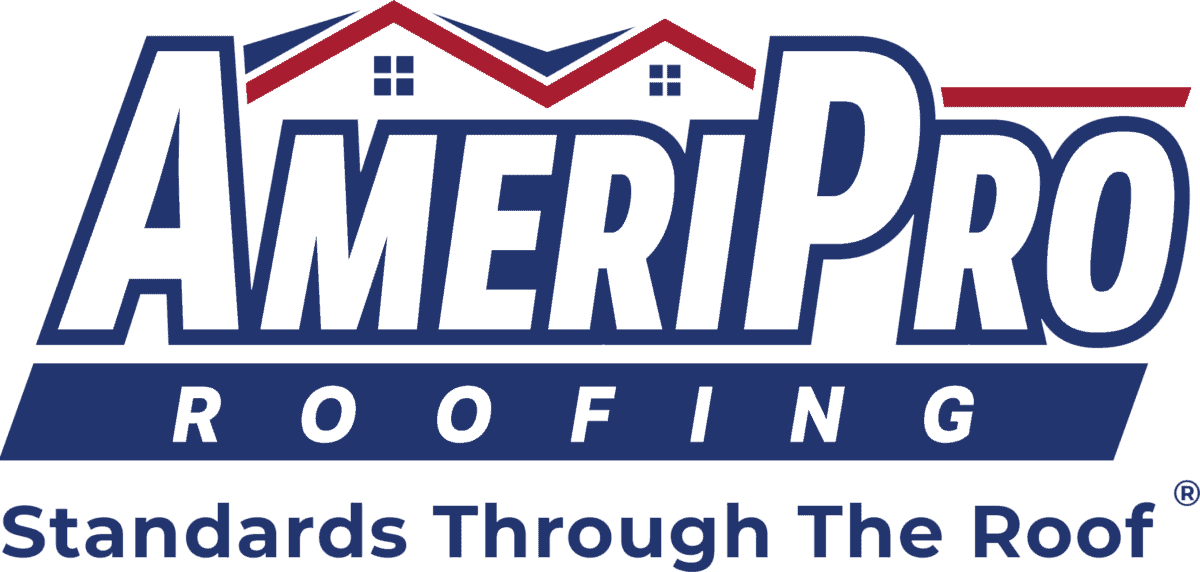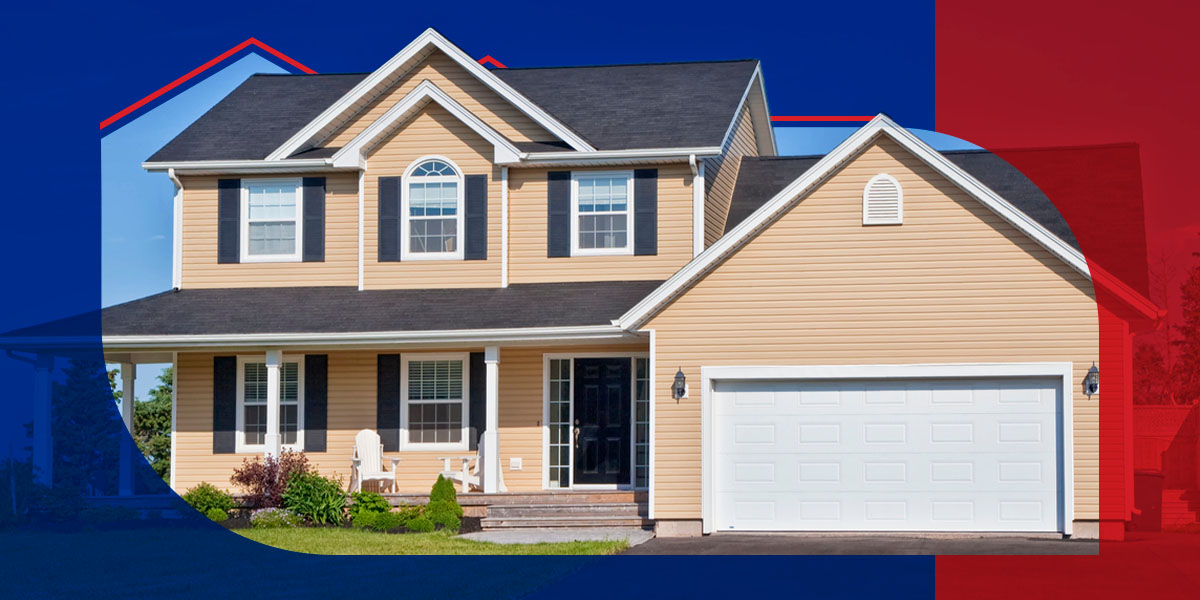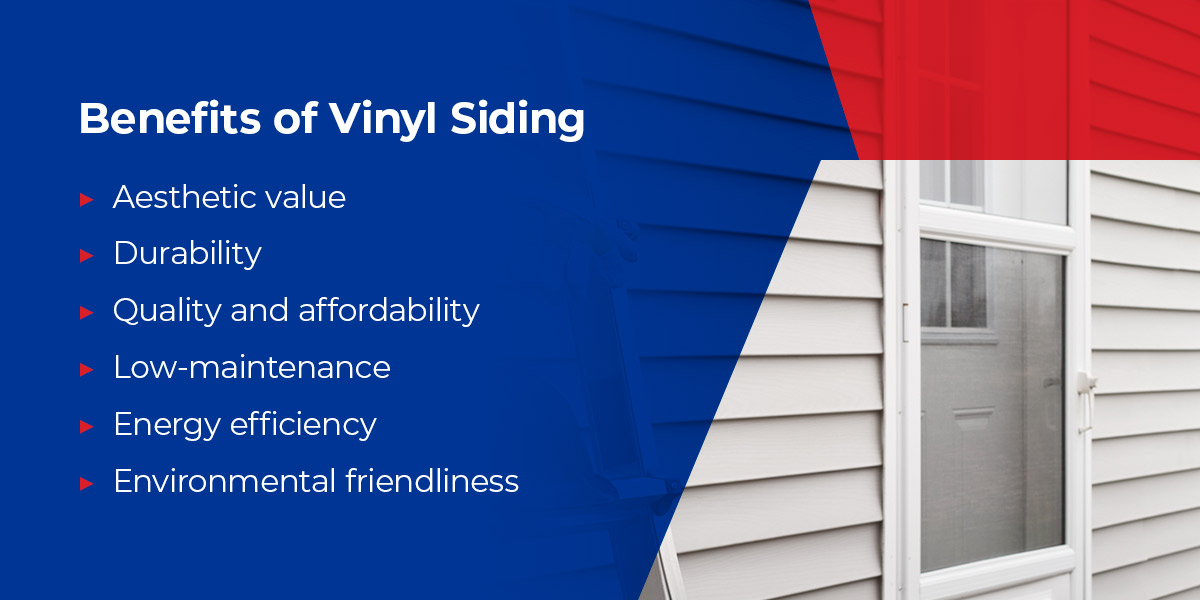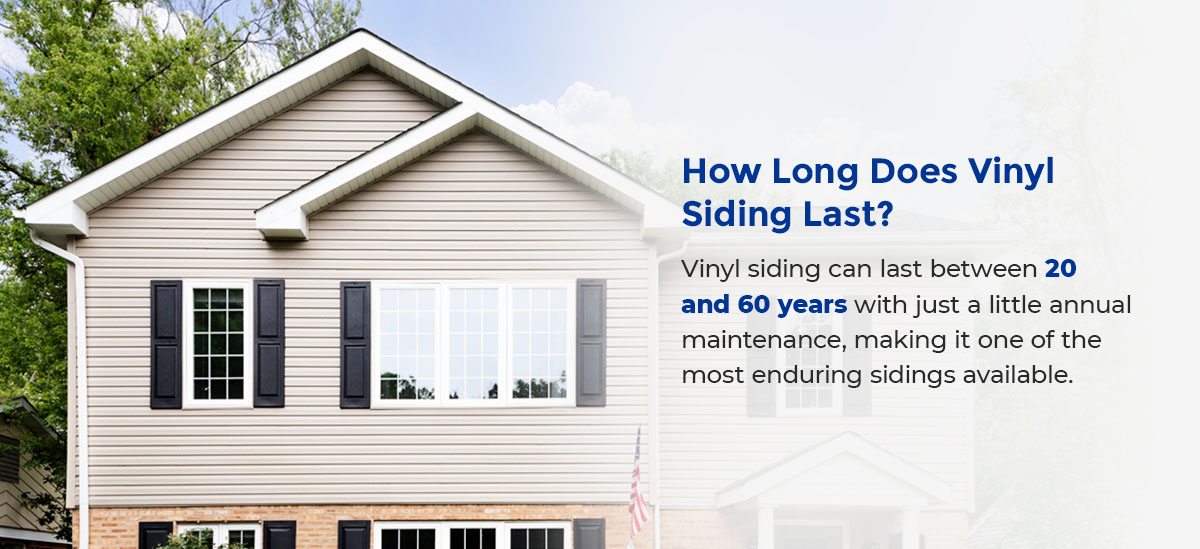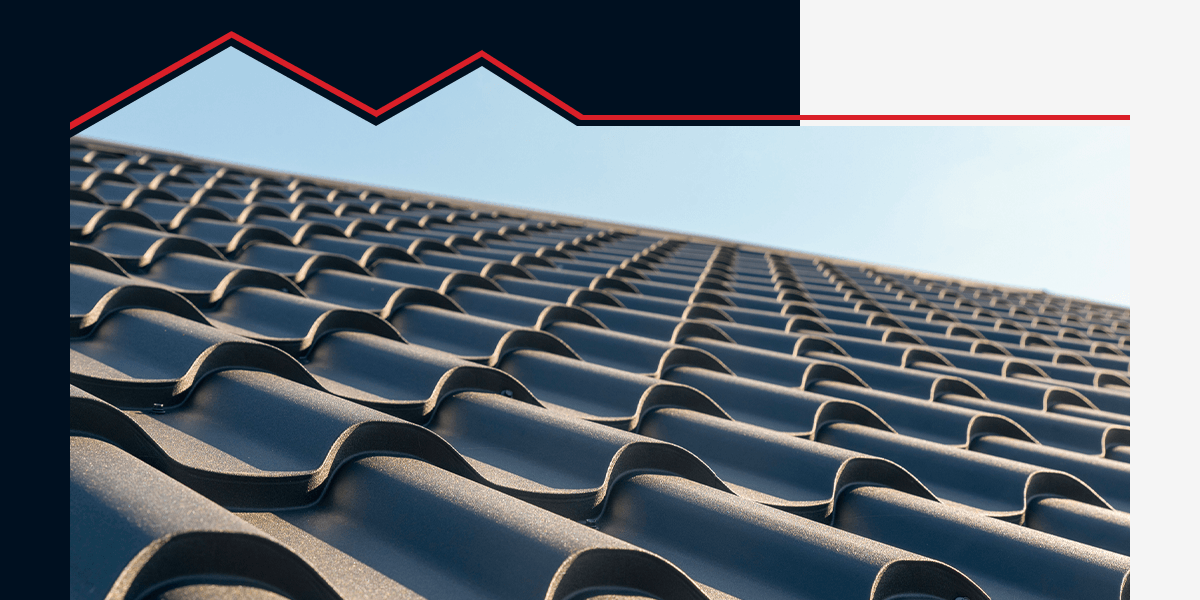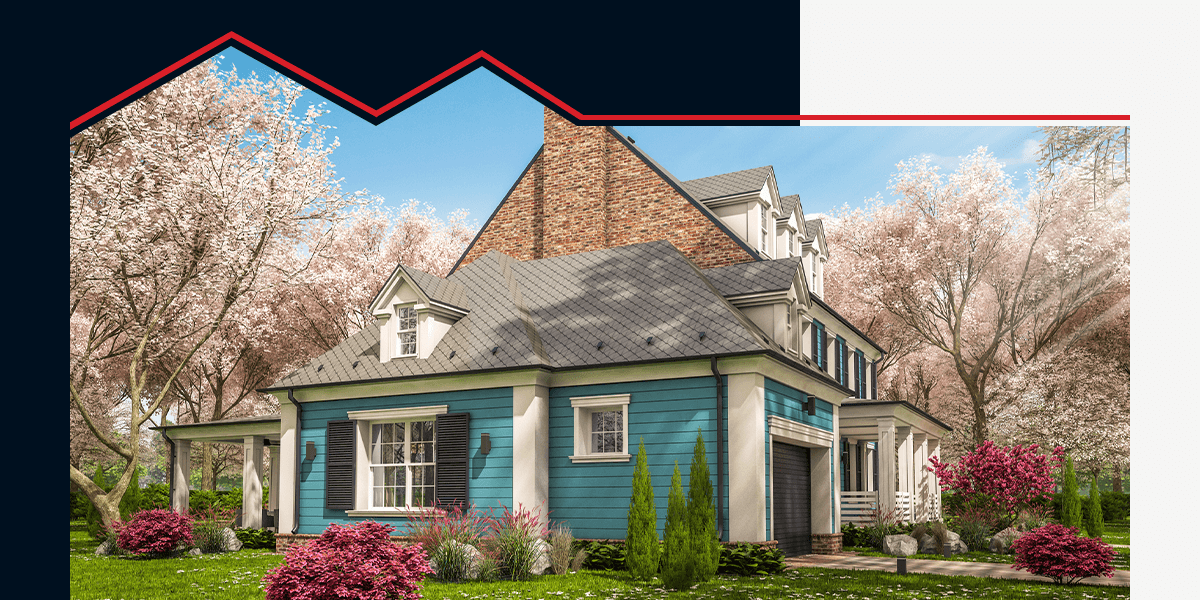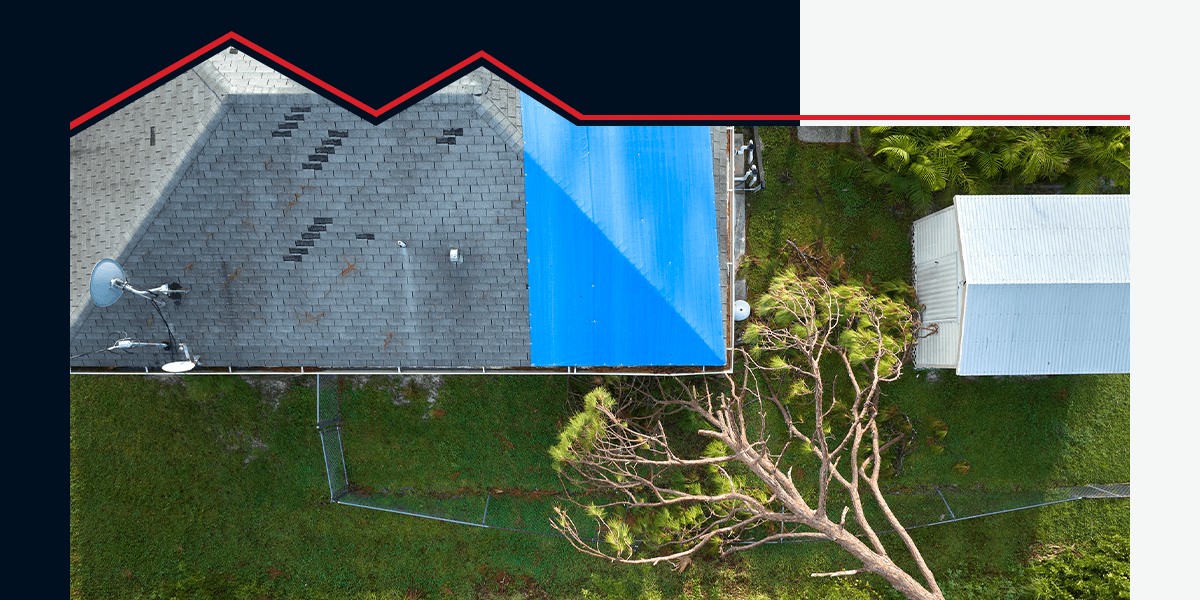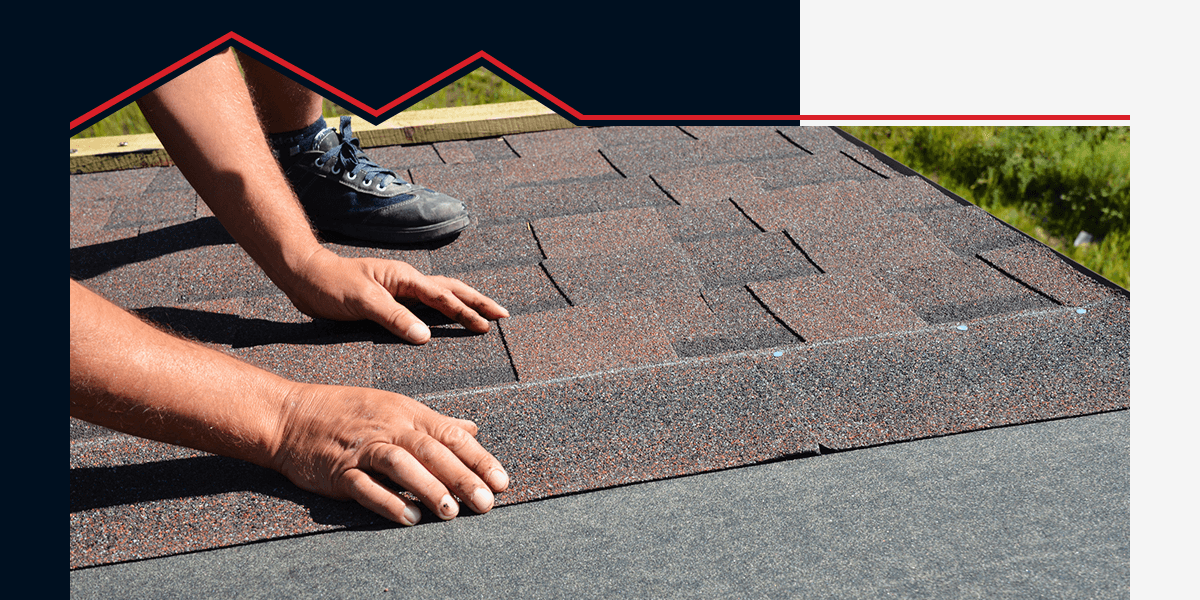A Buyer’s Guide to Vinyl Siding
You can give your home an instant makeover — with a relatively high return on investment compared to other remodeling projects — just by installing vinyl siding. Based on the average labor costs and resale values nationwide, you can see a 74.7% return on investment by installing new vinyl siding. Here is a handy buyer’s guide to vinyl siding.
What Is Vinyl Siding?
Vinyl siding is a resistant, plastic wrapping used to cover homes. It serves the dual purpose of protecting your home from the elements and making it look beautiful. Vinyl consists mainly of durable and low-maintenance polyvinyl chloride (PVC) resin. As a result, owners no longer have to paint their homes every few years.
If you are environmentally conscious, vinyl is a great option — it lasts for decades and has a lower impact throughout its life cycle compared to other siding materials. Vinyl also comes in various textures, shades and colors, allowing homeowners to decide what aesthetic look they want for their home.
How Is Vinyl Siding Made?
Vinyl siding is heated polyvinyl chloride (PVC) that goes through a color-infusion blending process, which stops the color from flaking or chipping off. The bonded mixture is then extruded through a die or poured into sheets using a mold, which is then embossed, giving it texture and patterning.
What Are the Benefits of Vinyl Siding?
Vinyl siding is versatile and practical and has many benefits, including:
1. Aesthetic Value
Homes with a vinyl finish have an improved aesthetic and curbside value. Prospective homebuyers often seek out vinyl siding as it’s low-maintenance and highly durable. If you’ve just bought your home and it doesn’t have vinyl siding, consider upgrading. The aesthetics will instantly change, and the house will look fresh and new.
2. Durability
Vinyl siding will last for years because it is fade- and scratch-resistant and hardy against weather elements. It provides a smooth, fresh look without paint. No paint means better durability, as you won’t have to worry about peeling, moisture build-up or absorption. Rain and water can run straight off the exterior.
3. Quality and Affordability
This quality siding option will help your home look beautiful and new for decades and its installation is more affordable compared to other materials.
Vinyl siding also offers savings beyond the initial installation. Thanks to its high durability, you won’t have to worry about high replacement costs. In case of unforeseen accidents, like damage from a fallen tree branch, you can replace the damaged sections instead of re-siding the whole house.
4. Low-Maintenance
This siding is virtually maintenance-free. Once you install the vinyl, you don’t need to worry about painting, varnishing, sanding, scraping, fighting insects or replacing rotting wood. At most, all you have to do is hose it down, and you’re good to go.
5. Energy Efficiency
Quality, insulated vinyl siding can help make your home more energy-efficient and reduce your cooling and heating costs.
Vinyl siding’s materials and coating let it do an excellent job insulating your house. The systems that keep temperatures constant inside the house don’t have to work overtime as the insulation will encourage the air to stay inside.
6. Environmental Friendliness
Vinyl siding is an eco-friendly housing material. Vinyl can also last for decades and needs almost zero maintenance — meaning fewer materials are required to keep it functional and looking great.
How Much Does Vinyl Siding Cost?
How much you spend on vinyl siding will vary according to your project, but the average cost for homeowners is $10,750. Most owners pay anything from $6,150 to $15,900, which is between $3.00 and $12.00 per square foot.
Vinyl siding is more affordable than cement, stucco and fiber siding, especially considering its longevity and low maintenance costs.
Why the Variation in Cost?
Several factors affect the cost of vinyl siding, such as:
- Quality: Some vinyl siding is made from hardier materials.
- Style: The different textures have varying prices.
- Brand: Reputable brands use quality materials, which impacts the costs.
- Repairs, replacement or new: If you are repairing a section of vinyl, it costs less than a replacement or a new installation.
- Architectural structure: If your home has unique features and angles, installation is more complicated.
- Insulation: Vinyl siding with insulation is more costly than regular siding.
- Labor: The difficulty level of installation impacts pricing.
How Long Does Vinyl Siding Last?
Vinyl siding can last between 20 and 60 years with just a little annual maintenance, making it one of the most enduring sidings available. How long your vinyl siding lasts often comes down to external factors, such as the following:
- Climate: Harsh ultraviolet (UV) light can fade your vinyl colors or finishes over the years, and extensive exposure to freezing temperatures could cause minor warping. It’s best to conduct a visual inspection after any harsh weather or temperature changes.
- Rotting: While vinyl siding doesn’t rot, the wood underneath can. If the supporting wood rots or weakens, you may need to replace your siding.
- External incidents: Accidents can damage the exterior of your house, whether you use vinyl siding or any other type of finish. Fallen branches, hail and other impacts can dent or crack the siding while placing your grill too close to the house can cause heat buckling.
Outside of these factors, vinyl siding is hardy and resistant to most factors that would affect other types of siding.
How Do You Clean Vinyl Siding?
Although very little sticks to vinyl siding, you may need to clean up grass cuttings or clumps of soil or mud. Gather a bucket, a soft sponge and a hose and follow these steps:
- Use a gentle spray from your hose to rinse down the siding.
- Use a soft sponge to gently remove stubborn organic matter like grass cuttings or mud splatters.
- Double-check areas like the base of the house and around windows and door frames.
- Give the siding another rinse.
If you use a cleaning agent, be mindful that it may spill or drip on the ground and choose an environmentally friendly product that’s safe for children and pets. However, water is usually enough to do the trick.
If you don’t have time to clean the vinyl, you can bring in a professional with vinyl experience to do a power wash.
What Are the Best Vinyl Colors?
There are many vinyl siding colors available. Be sure to consider all the elements of your home’s exterior, including the:
- Roof
- Chimney
- Window frames
- Decorative elements like Chatterton or Victorian lacework
- Stairs and railings
- Door frames
- Fences
- Window boxes
The color of these items must complement your choice for your vinyl. Here are the most sought-after colors and textures:
- Wood-look finish: This vinyl siding looks convincingly like wood but is more affordable and requires less maintenance.
- Mountain Berry: This vibrant, berry red vinyl makes any house stand out in the neighborhood.
- Willow: A natural green hue makes Willow pair excellently with stone, gray and white accents.
- Nightfall: This classic dark gray vinyl siding pairs perfectly with numerous colors.
- Sable Brown: The natural, earthy color of Sable Brown pairs well with white trim.
- Pacific Blue: This beachy-blue vinyl makes a statement and pairs well with other colors.
- Ageless Slate: The bluish-gray hues of this vinyl option mimic slate — leaving a gray stone finish to your home.
- Midnight Surf: This deep-hued blue vinyl siding evokes elegance and sophistication.
Vinyl Siding Trends
The following vinyl color trends are on the rise in 2023:
- Warm and earthy tones: With climate change, sustainability and the environment on everyone’s mind, there’s a trend for more natural colors in both the interior and exterior. Organic shades of brown and green fit beautifully with white trimmings on door frames and windows. These colors compliment the surrounding greenery and don’t show stains or marks easily.
- Black and grays: Dark shades like charcoal and slate are modern and striking. More daring homeowners might pair it with a bright pop of color on the trim for a bit of a wow factor. This house color also makes the house feel cooler in hotter regions.
- Warm whites and creams: Homeowners often pair these lighter choices with a single wall or sections of vinyl with the color and texture of wood. The mix of two textures and colors gives the home an unusual twist. It looks and feels like a modern city house combined with a log cabin’s relaxing aesthetic. The end result is very sophisticated and distinctive.
If you have any textures applied to your vinyl, you’ll want to consider them. For example, a wooden texture would look excellent with brown or earthy tones. Chat with a professional about combining different colors and textures to create your personal look.
Contact Us for Your Vinyl Siding Needs
Vinyl siding is an excellent investment for your home, and you will benefit from having a qualified and experienced installer help you. AmeriPro Roofing has decades of experience and has satisfied more than 150,000 customers. We offer excellent service and quality products, whether you need your vinyl siding repaired or require installation.
We have a stellar track record of ensuring our customers are 100% satisfied with their vinyl siding.
Schedule an appointment today to transform your home.


